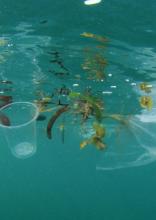The latest policy informing brief launched by the Flanders Marine Institute (VLIZ) makes an extensive assessment of globally existing solutions for the collection (and removal) of litter from the aquatic environment, including the sea and ocean. A global screening resulted in a list of 74 types of plastic catchers, some of which are fully operational and others still in the testing phase. All plastic catchers were assessed for their applicability in different environments, ranging from a waste or stormwater discharge, over inland waterways, waterways and ports, to coastal waters or even the open ocean.
The list also includes an overview of the different plastic catchers installed in Belgian inland waterways and ports, ranging from simple floating booms and traps, to larger scale innovative designs. Most of these local installations are part of research and innovation projects with the main purpose of collecting information.
In addition to a global status, the publication also provides an overview of the knowledge gaps and research needs, and of the financial and administrative incentives necessary to develop and install new plastic catchers. The publication therefore focuses mainly on professional actors from industry and policy. It should allow them to make a more science based and strategic decision for future installations and development in Flanders/Belgium.
The analysis shows that a lot of research and development is still needed. Not only to optimize the efficiency of the plastic trap, or to learn more about their impact on the environment, but also to improve the automation of the systems. According to the authors of the memorandum, the research results are ideally combined with the know-how and expertise available in various (Flemish) marine and maritime sectors (such as shipping, fishing or dredging). This can lead to interesting new technical developments capable of capturing a greater percentage of the plastic litter, ideally before it ends up in the marine environment.
The note also discusses the main barriers to be tackled to enable these new developments, to find cost-efficient solutions and to actually realize more plastic catchers in the field. For example, there is a need for more scientific and technological knowledge as a basis for design, additional funding for pilot installations in the field, and a better regulatory and legal framework around plastic pollution, which can then lead to balanced costs and viable business models.
The study was part of the Blue Cluster project PLUXIN (www.pluxin.be) – financed by the Flemish agency for innovation & entrepreneurship VLAIO.
Download the pdf of the policy-informing note (English) via the VLIZ website


